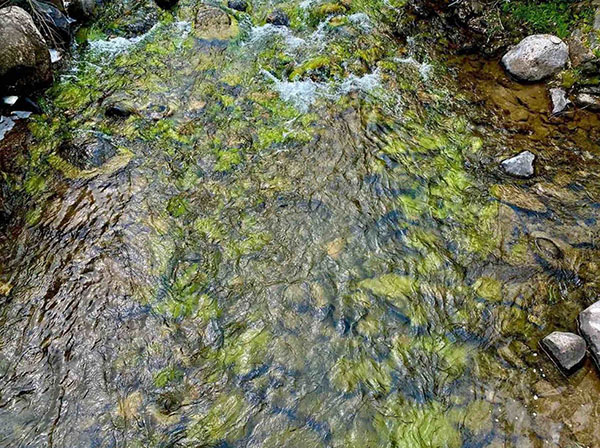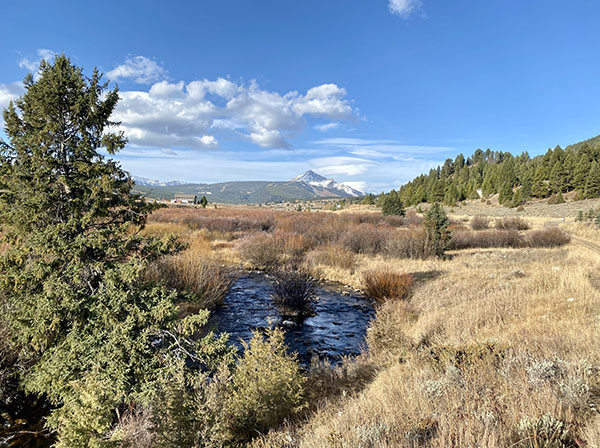Watershed Science
Since 2000, the Task Force and our partners have gathered water-quality data to evaluate the health of the Upper Gallatin River Watershed.

We use this data identify spatial and temporal trends and assess episodic events, such as 2018’s wide-spread nuisance algae bloom. Our intrepid volunteers have braved cold, high water, and blazing sun to build a record of chemical and physical indicators of watershed health. This data guides project planning and evaluates successes and failures of our restoration efforts. Read the most recent Water Quality Report from 2022 or take a look at our 2022 State of the Gallatin River Report Card.
Science in Action

Algae Blooms
In 2018, the Gallatin River experienced the largest algae bloom in recent history. In partnership with the Montana Department of Environmental Quality, we are undertaking a multi-year study to identify the specific causes of these widespread, harmful algae blooms, and how we can prevent them in the future.

Gallatin Canyon
Growth in Gallatin Canyon is putting stress on an already fragile resource. Decentralized wastewater management is exacerbating the issue—but there is good news on the horizon. In early 2020, a Water and Sewer District was formed by four Canyon landowners, setting the stage for higher quality treatment and better wastewater management.

Upgraded Treatment
In spring 2021, the Big Sky County Water and Sewer District will break ground on a new wastewater treatment facility. The upgraded plant will have profound positive impacts on water quality within the West Fork drainage, and the decision to upgrade was based largely on Task Force data collected over the last 20 years.
